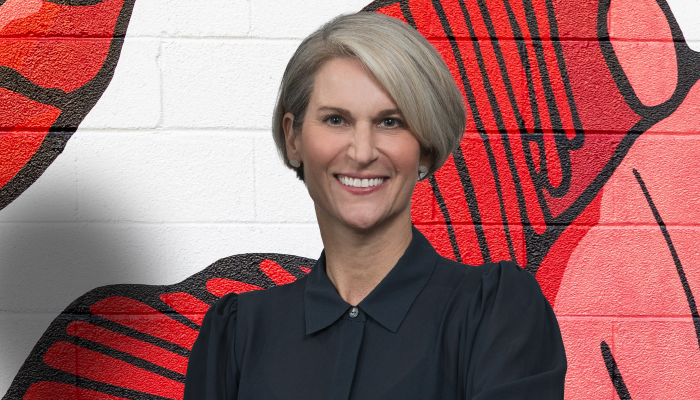
Elizabeth Hickman
The pharmaceutical development landscape is rapidly evolving with a growing focus on patient-centricity and precision medicine; treatments designed to target specific patient populations with greater efficacy and fewer side effects. This philosophical shift transitions our industry further away from traditional “one-size-fits-all” therapies, requiring more advanced formulation technologies and specialized expertise.
However, as developers push the boundaries of what is considered “druggable,” new challenges emerge. Many precision medicines involve complex molecules with poor solubility, intricate pharmacokinetics, and demanding formulation requirements. Technologies such as advanced amorphous dispersion techniques and lipid-based systems play a crucial role in enabling these treatments, but they also require formulation scientists to adopt more sophisticated processes to ensure bioavailability, stability, and manufacturability.

Dave Miller
Pivoting to precision medicine
The rise of precision medicine means pharmaceutical companies are increasingly tackling once “undruggable” targets. From kinase inhibitors to heterobifunctional compounds and molecular glues, drug complexity has reached new heights. While these innovations promise to deliver breakthrough treatments, they also introduce substantial delivery challenges.
For example, poorly water-soluble drugs, a growing category in the pipeline, require bioavailability enhancement strategies to achieve therapeutic efficacy. Traditional binary amorphous solid dispersions (ASD), such as those produced by spray drying, may not be sufficient, necessitating advanced approaches that enable multi-component ASD systems for tailored solutions to the unique challenges of today’s developing compounds. Similarly, lipid-based delivery systems are proving essential for certain RNA-based therapies, adding another layer of formulation complexity.
This shift demands that formulation scientists, process engineers, developers, and their contract development and manufacturing organization (CDMOs) partners stay ahead of the curve. Precision medicine does not just mean tailoring treatments to patient subgroups; it also means tailoring drug formulation strategies to the specific physicochemical properties of each molecule.
Additionally, drug delivery methods must meet the diverse needs of different patient populations. This includes reducing pill burden or developing liquid formulations for dysphagic patients and modified-release dosage forms for chronic conditions. Alternative administration routes, such as transdermal patches or sublingual tablets, can also enhance adherence and improve therapeutic outcomes in pediatric and geriatric populations. Orodispersible dosage forms are one noteworthy example, offering a fast-dissolving option for patients who struggle with traditional tablets or capsules. These formulations can be especially beneficial for pediatric, geriatric, or neurologically impaired populations (5).
As precision medicine grows, the role of CDMOs specifically must evolve. The days of a standard, templated approach to drug formulation are gone. Today, CDMOs need to provide highly-tailored solutions that align with the unique scientific, regulatory, and economic challenges each developer faces. With rising development costs, shifting regulatory landscapes, and constrained funding environments, drug developers need partners that offer technical expertise and strategic foresight. This means helping clients navigate regulatory hurdles and financial pressures, manage supply chain risks, and streamline development to accelerate time to market.
As more drug candidates push the boundaries of bioavailability, stability, and manufacturability, CDMOs with expertise in advanced formulation technologies, whether it’s fusion-based amorphous dispersions, lipid-based delivery systems, or other enabling approaches, will be essential. The industry must move beyond outdated development models and embrace a more dynamic, customized approach to drug formulation and manufacturing.




